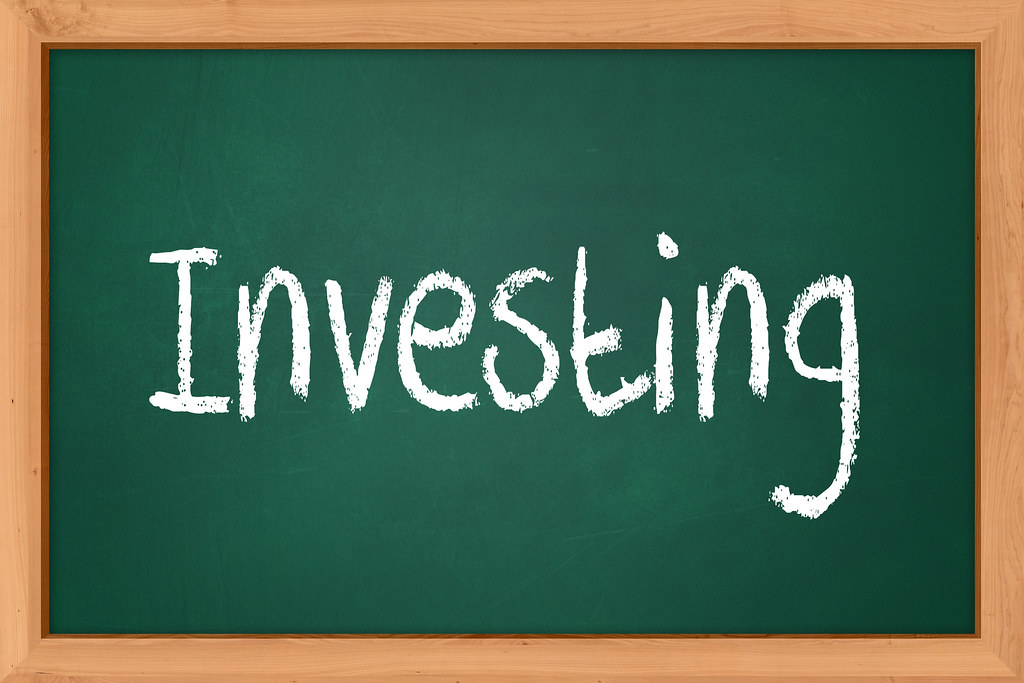As you hum along to your favorite music on your way to school, out of nowhere, another automobile sideswipes your car. Your heart beats quickly. Hands perspire. There are a million things on your mind. Was there a side-swipe mishap? Now what should I do? Is my car going to the junkyard, or can it be fixed? You are not alone in this, so don’t be alarmed. Contrary to popular belief, sideswipe accidents happen far more frequently than we might think. They can be brought on by losing control, straying off the path, or even accidentally running into one’s own path. But fear not—as we venture into the realm of sideswipe mishaps, we will undoubtedly arm you with the knowledge you need to navigate this unforeseen excursion with confidence.
First, after the mayhem that immediately follows a sideswipe collision, one should remember to calmly keep their head cool. Your safety, and the safety of those involved come first. Then, check on everyone to ascertain that they are all safe, followed by contacting the police and seeking medical help if needed. The arrival of the police is a time to make no admissions of fault. Instead, document what the scene looked like, including the weather, and other general shots that might be useful later.
What to Do Following the Mishap
- Remain Safe: Guarantee all gatherings are protected. Move to a protected area if conceivable to forestall further impacts.
- Call the Specialists: Contact the police and report the mishap. This step is vital for legitimate and protected purposes.
- Archive Everything: Take photographs of the harm, the scene, and any wounds. Gather contact data from witnesses.
Dealing with the Circumstance: Keep up with Control and Follow Conventions
Presently, we should discuss what happens following the mishap. Crash into episodes can prompt further crashes, as the underlying effect would make you fail to keep a grip on your vehicle. It’s indispensable to keep a solid hold on the guiding wheel, keep your eyes open, and if sliding, make sure to control into the pallet instead of over-remedying. Slowing down ought to be firm, but it is not unexpected to try not to lock your tires. In the event that is conceivable, guide your vehicle to a protected area off the street to forestall any extra mishaps.
Dealing with the Quick Result
- Remain in Charge: Keep a solid hold on the directing haggle into any pallet.
- Stay away from Unexpected Developments: Brake immovably yet not suddenly to keep up with control.
- Move to Somewhere safe and secure: If conceivable, guide your vehicle to a protected region away from traffic.
Lawful and Clinical Advances: Guaranteeing Your Prosperity and Privileges
New York regulation requires all drivers associated with a crash to pause and trade data without conceding shortcoming or finding fault. This step is basic as it frames the groundwork of the mishap report and any protection guarantees that might follow. Subsequent to guaranteeing the wellbeing of all included and trading data, now is the ideal time to report the mishap and any wounds to the specialists. Keep in mind, adrenaline could veil torment, so if all else fails, deciding in favor wariness and solicitation clinical attention is better.
Getting opportune clinical consideration couldn’t possibly be more significant. Whether you’re whisked away to the crisis office or you look for clinical consideration later, keep fastidious notes about your wounds and the consideration you get. Deferring clinical consideration can impede your recuperation and possibly influence any injury claims you could document.

Key Lawful and Clinical Advances
- Trade Data: Offer contact and protection subtleties with the other driver without conceding issue.
- Look for Clinical Consideration: Regardless of whether you feel fine, get really taken a look at by a clinical expert to preclude stowed away wounds.
- Record a Report: Report the mishap to the specialists and your insurance agency instantly.
Assessing the Harm: Fix or Supplant?
After the residue has settled and the initial shock of a crash wears off, you’re left with a very practical concern: what to do about your vehicle. Is it bound for the junkyard, or can it be restored to its former glory with some effort and skilled repair work? Making this decision isn’t always straightforward, but with the right information, you can navigate these murky waters with confidence and clarity.
Surveying the Harm
Most importantly, we should discuss assessing the harm. The degree of harm to your vehicle is the essential factor in deciding if fix or substitution is the best approach. In the event that you’ve figured out how to escape with a couple of scratches or marks, congratulations are all together; your vehicle is possibly a solid contender for fixing. Then again, in the event that the mishap left your vehicle seeming as though it just went ten rounds with a heavyweight champion, the choice turns into a smidgen more muddled.
While evaluating damage, it’s essential to consider both the cosmetic and mechanical aspects. Sometimes, what seems like a minor issue can indicate more significant, underlying problems. Therefore, it is crucial to get a professional assessment. A trusted mechanic can provide a thorough evaluation, identifying any issues that might not be immediately apparent, ensuring your vehicle is safe and sound.

Cost of Repairs vs. Vehicle Value
Now, down to the heart of it: the cost of repairs versus the value of your vehicle. Things are going to get just a little mathematical here, but bear with me. If the repair cost of your car goes way above its current market value, which insurance companies consider to be a total loss, they will give you a payout for what the car was worth before the accident, less deductible. Though it may seem straightforward, it’s important to note that the ‘actual cash value’ your insurer comes up with can end up being quite different from what you might have perceived as your vehicle’s value, especially if it held sentimental value for you or was in exceptional condition for its age.
However, if the repair estimate comes in at a reasonable percentage of your car’s value, then repairing may be your best bet. This is particularly true for cars with high sentimental value or when you believe your vehicle can still provide valuable service for years. After all is said and done, remember that it’s about getting you back on the road, not making money off a car. Sometimes the fastest way to get there is through repairs.
Third-Party Insurance Claims
But what happens if the other driver was at fault? Well, in that case, things are a little more promising. If the other party is regarded as responsible for the accident, you may have the right to file a third-party insurance claim against their policy. This could be a way to cover the costs of repairs without dipping into your own insurance, possibly saving you from a rate hike. However, when it involves third-party claims, it can get a little politically tricky and take up a lot of time. Here’s where experience in a lawyer can pay dividends by saving time and hassle in processing the claim on your behalf.
Collision and Comprehensive Coverage
On the other hand, if you were in the wrong, or if working with the hassle of the other driver’s insurance troubles you, then going through your collision coverage might be the best option. Sure, premiums might increase, at least your vehicle will get the right repairs. And if it wasn’t your fault, perhaps you’ll get back what you’ve spent on deductibles anyway.
Then there is comprehensive coverage, which deals with damages that don’t involve collision. If your car, for instance, had been sideswiped by a runaway shopping cart in a parking lot, this might apply. Again, the deductible-cost-versus-repair-costs-plus-potential-insurance-rate-hike must be weighed.
Making the Decision
The decision about whether to repair or replace a vehicle following an accident is always very personal. It all depends on the level of damage, the value of your car, who was at fault, and what insurance coverage you have available. With these elements in mind, you’ll be able to make an informed decision tailored to your needs, budget, and lifestyle. Be it repair or replacement, just remember that it’s only one step you’re taking toward forgetting the accident and getting back to normalcy.
The sideswipe accident is just that—aftermath. But with knowledge and the right support, you will find your way to clearer skies. Each turn in this journey is a chance for learning, growth, and becoming stronger. Strap yourself in, keep your eyes on the road ahead, and know that no matter how bumpy it’s going to be, you’ve got this!
Related posts:
Your Car Repair Options After an Accident
What to Do After a California Hit & Run Accident





